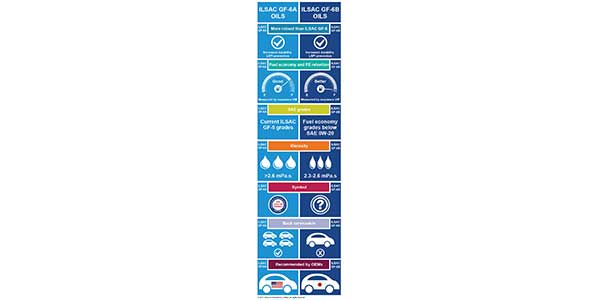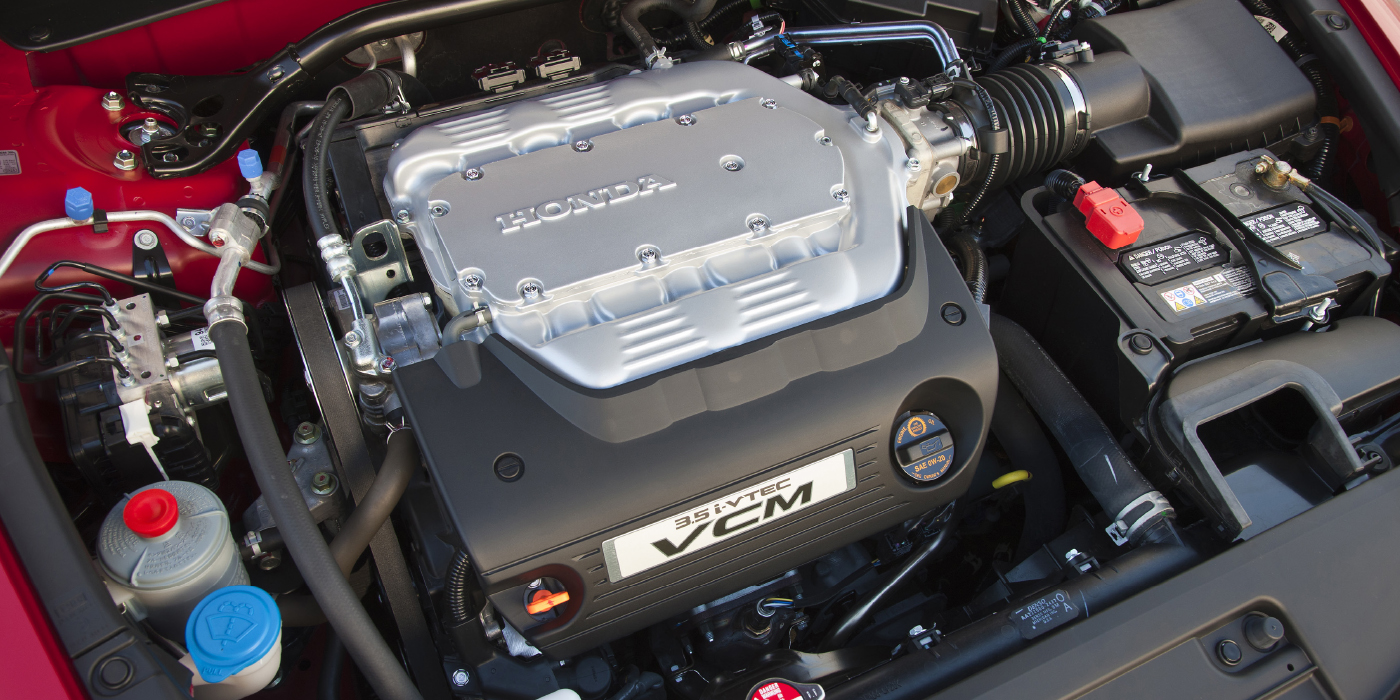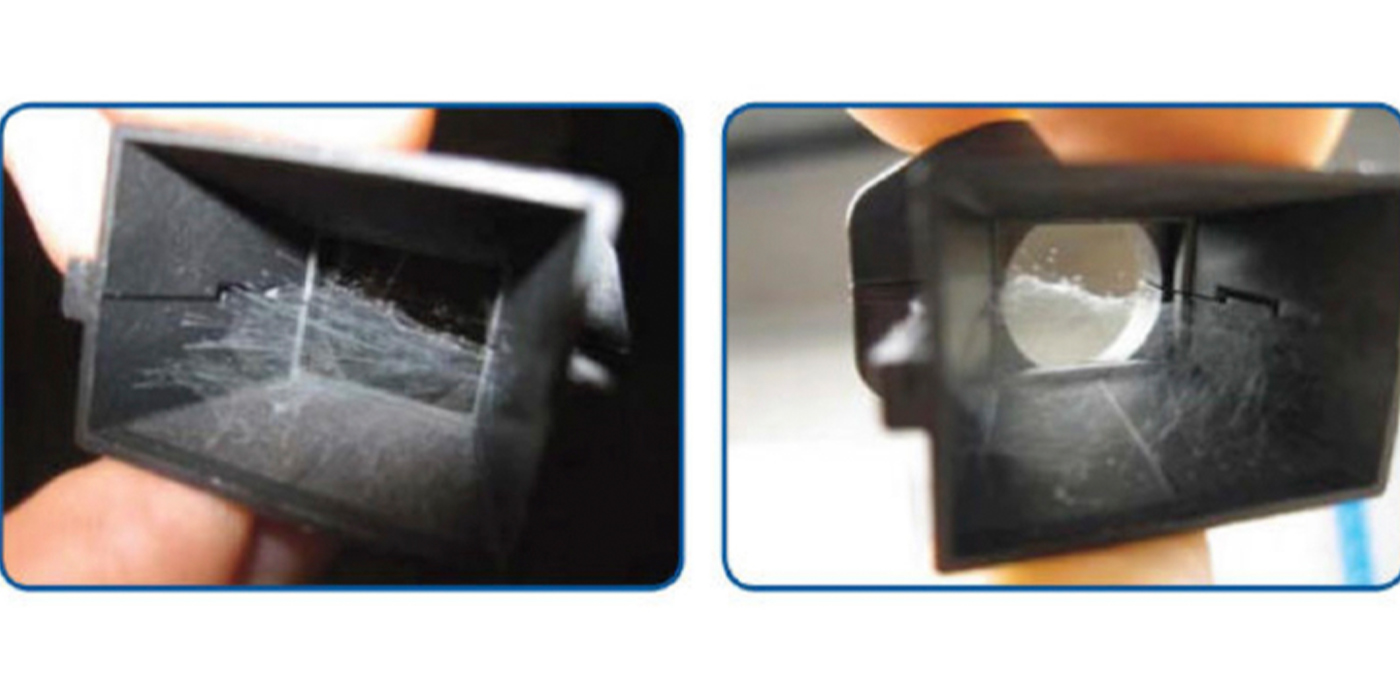
September 1, 2018 marks the debut of the first new licenses for the new GF-6 oils issued by the API Auto-Oil Advisory Panel (AOAP). This release comes after a long delay that initially projected the oils would be available in early 2017.
The cause of the delay for GF-6 is that engine technology has been moving so quickly. Since the inception of GF-6, it has been difficult to estimate where the technology will be in the next five years.
For shops that service Asian nameplate vehicles, the new GF-6 oils will be an upgrade over GF-5 oils.
GF-6A and GF-6B
GF-6 will be split into two categories: GF-6A and GF-6B.
GF-6A will address traditional viscosities and will be backward compatible for GF-5 oils. For shops, this means that your oil options will be improving in the very near future.
GF-6A oils meet or exceed the GF-5 specifications in every category, so there won’t be a need to keep a supply of GF-5 oils for older vehicles.
GF-6B will represent viscosity grades SAE 0W-16 and lower. These new lower viscosities will give OEMs another tool to improve fuel economy.
GF-6 oils also have lower concentrations of additives that can damage catalytic converters. The finalization of the GF-6 standards paves the way for OEMs to implement the use of these oils at the factory. Also, most OEMs will not specify a fluid if it is not available to consumers at the retail level.
Longer Intervals With Less Wear
GF-6 oils will have improved deposit and oxidation control so extended drain intervals can be implemented. GF-6 oils will offer better protection of timing chains and valve trains that might have a high-pressure fuel pump connected to the camshaft.
LSPI
Another target for GF-6 oils is protecting against low-speed pre-ignition (LSPI) for turbocharged engines equipped with direct fuel injection. The LSPI problem comes down to the volatility of the oil, or the potential for it to ignite or turn into vapors. For their part, engine oil companies are focusing on additive packages to fix the problem. What some oil and additive companies are reporting is that oils with high levels of detergents like calcium can promote LSPI. Yet, other detergents and friction modifiers can help prevent LSPI. GF-6 oils go through engine stand and bench testing to ensure that their base stock and additive package will not increase pre-ignition events.
Oil Implications for Asian Vehicles
The Japan Automobile Manufacturers Association (JAMA) encouraged its members to adopt API and ILSAC GF oil specifications in the 1990s. Currently, Toyota, Subaru, Nissan and Honda recommend using API-approved engine oils that meet GF-5 specifications. This covers the majority of Asian vehicles sold since 2004. GF-6A oils are backward compatible with GF-1 oils. Also, new GF-6A oils can be used for most Asian vehicles as far back as model year 1992.
When 2019 models start to sell, you can be sure that the Big Four Asian manufacturers will be using GF-6B oils to improve fuel economy.














